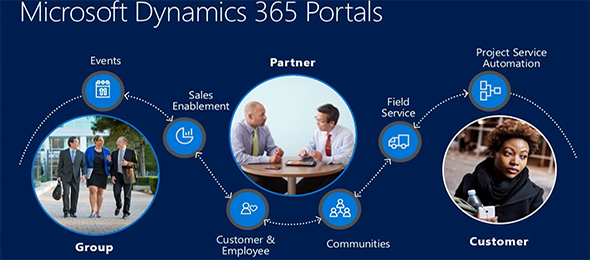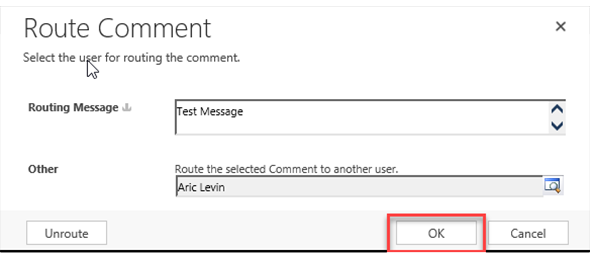Creating a NAICS Code PCF Control using WebApi
In many of the projects that I have worked over the past years, either government of private sector, while working with other businesses it has become a common practice to request that Industry information from the companies that you work with, and furthermore the NAICS code. While not every company knows their NAICS code, drilling down to get it using the Industry (2-digit code), Subsector (4-digit code) and NAICS title (6-digit code) might be the way to go, sometimes you might want to bypass this complex search if you know ahead of time your business’ NAICS code and have it auto populated for you.



